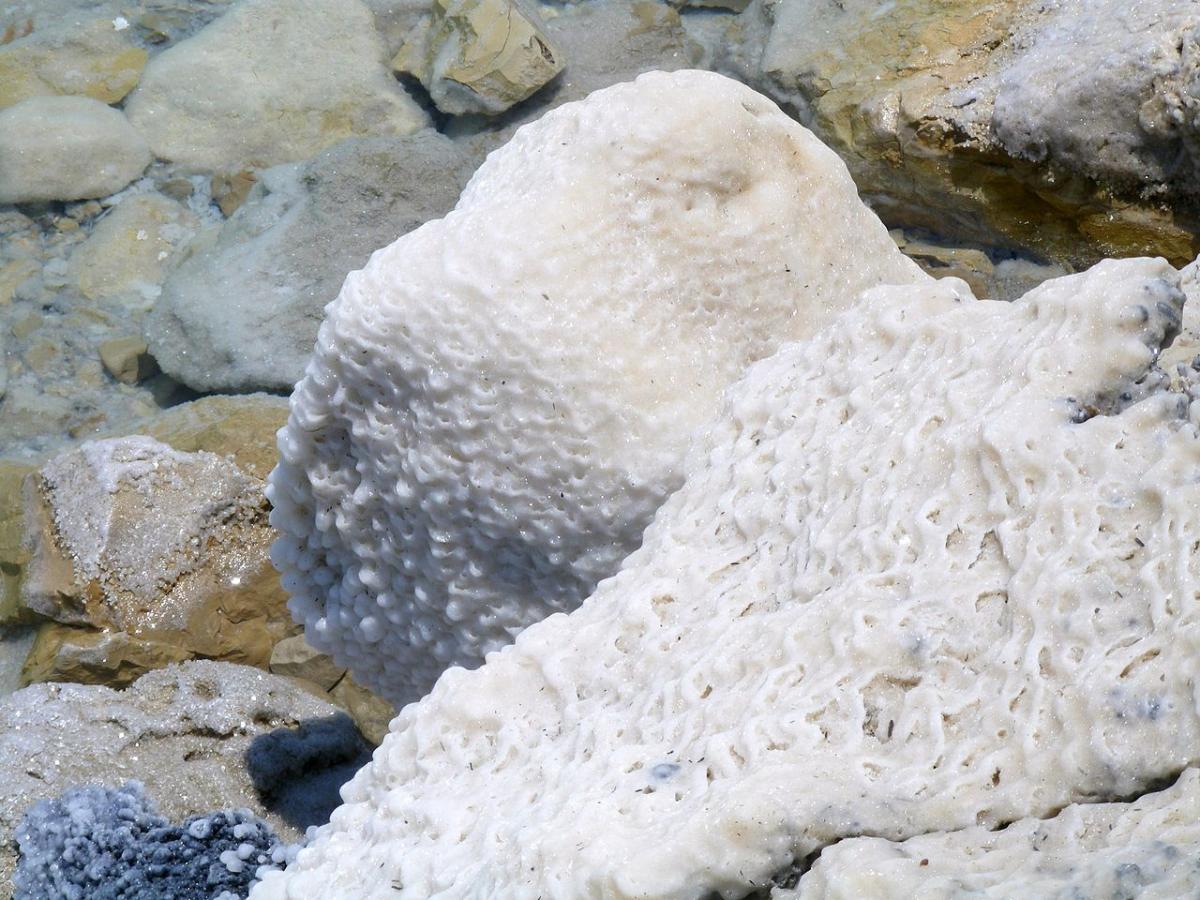Y: Pretzels, potato chips, and popcorn are all covered in it. It’s baked into our bread and mixed into our butter. It snows down on our fries and even our cucumber slices.
D: We’re talking about salt, the ubiquitous seasoning in America and elsewhere. Americans’ high salt intake is probably not news. But then again, the way we heavily salt food isn’t new.
Y: Many people started preserving their food in salt as far back as 8,000 years ago, and this led to salt being more present in many societies’ diets in general, including ours.
D: Because eating a high-sodium diet can lead to higher blood pressure, some people seek alternatives to salt. But alternatives have to be concocted in just the right way.
Y: That means they should mimic the same kinds of flavor profiles as salt; they must trick all kinds of sensory systems to perceive food as salty even when salt is cut.
D: In a variety of foods, salt has been shown to improve the perception of thickness in texture, enhance sweetness, and even mask metallic flavors.
Y: Ingredients like cumin or citrus or mustard can in many cases replace salt but maintain the level of flavor that you expect to taste.
D: Stovetop and oven methods like pan searing or roasting give acidity to food that can mimic the way that salt enhances sweetness and also masks chemical off-notes.
Y: Though many people eat too much salt, our preference for salt is also very malleable. Eating well-seasoned fresh food, instead of salt-heavy preserved foods, allows you to add salt as you wish or to replace salt with a number of other options.










